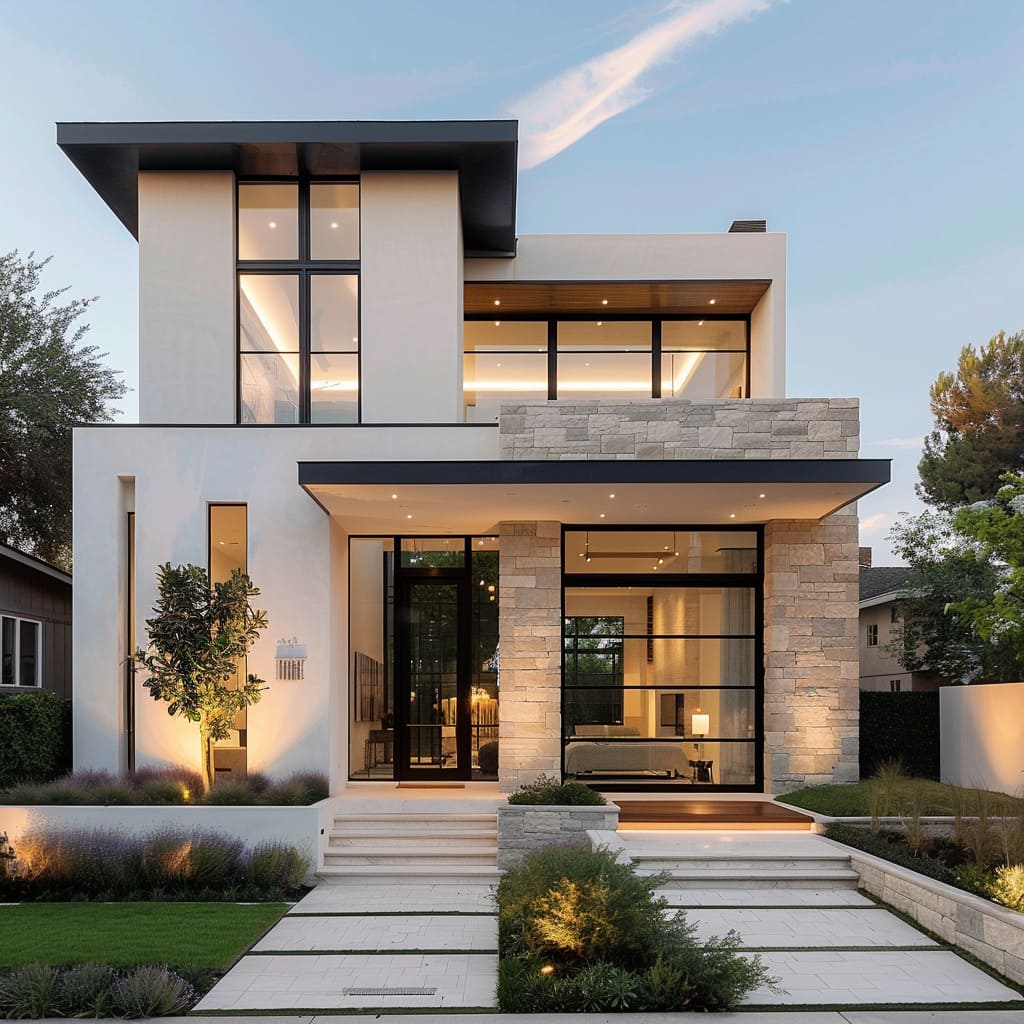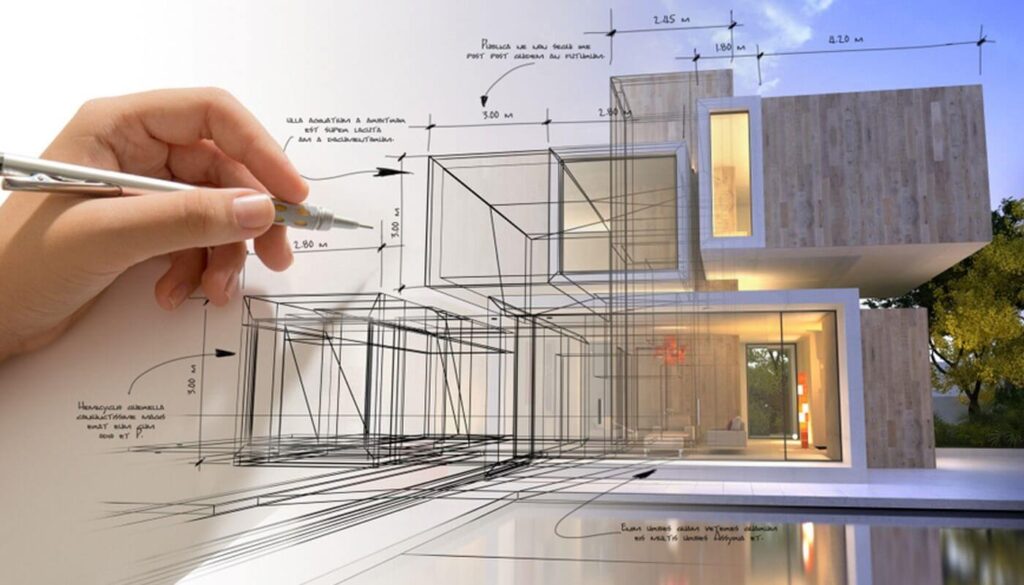Why CDA Architects Are Leaders in Architectural Layout and Technology
Why CDA Architects Are Leaders in Architectural Layout and Technology
Blog Article
Recognizing the Collaborative Refine Between Designers and Designers in Modern Building And Construction Projects
The collective procedure between engineers and designers is necessary in modern building tasks, as it balances layout intent with engineering expediency. Discovering these dynamics exposes understandings that could significantly affect task outcomes and general sector standards.
The Value of Cooperation
The collaborative synergy in between engineers and engineers is vital for the effective realization of any type of building task. This collaboration combines unique expertise and perspectives, allowing the combination of cutting-edge layout with practical engineering services. By working together, designers and designers can make certain that a task not just fulfills visual and functional needs but also adheres to safety, sustainability, and monetary restrictions.
Partnership promotes a shared vision, helping with the positioning of goals and expectations from the outset. This alignment is essential in dealing with potential challenges and mitigating risks that can emerge throughout the job lifecycle. A collective method allows for the reliable appropriation of sources, optimizing both time and cost.
The relevance of partnership reaches the repetitive process of design and building and construction, where responses from engineers can inform building decisions, resulting in even more practical and sustainable designs. Alternatively, designers can inspire designers to think artistically regarding how to attain structural stability without compromising imaginative intent. Eventually, the collaborative partnership between engineers and engineers is not just useful; it is fundamental to the production of premium, functional, and cutting-edge built settings that meet the demands of society.
Interaction Techniques and Tools
Reliable communication strategies and tools are crucial for cultivating cooperation between designers and designers throughout the job lifecycle. Developing clear channels of communication is necessary to make sure that all employee are lined up with project goals, timelines, and responsibilities. Routine conferences, both in-person and digital, offer chances for stakeholders to review progression, address issues, and make notified choices.
Utilizing job monitoring software, such as BIM (Building Info Modeling) systems, enhances collaboration by allowing real-time sharing of style alterations and technological specifications. These tools help with openness, permitting engineers and engineers to imagine modifications and examine their influence on the total task.

Shared Goals and Job Vision

Establishing common goals includes open dialogue and a complete understanding of each discipline's payments. Engineers usually concentrate on design intent, spatial partnerships, and user experience, while engineers highlight architectural stability, systems capability, and conformity with policies (cda architects). When these point of views are straightened, the result is a cohesive job that complies with both creative ambitions and technological usefulness
Furthermore, a well-defined task vision fosters responsibility amongst group participants, urging each participant to take ownership of their role in accomplishing the preferred result. Normal check-ins and joint workshops can further reinforce this commitment, enabling modifications to be made as the job advances. Inevitably, a common vision not just boosts synergy yet additionally boosts the top quality of the last deliverable, bring about effective task conclusion.
The Duty of Modern Technology
Leveraging technology has ended up being crucial in boosting cooperation in between architects and engineers. Building Info Modeling (BIM) stands out as a crucial modern technology, enabling both designers and designers to develop detailed 3D models that encapsulate layout intent and architectural integrity.
Furthermore, cloud-based platforms allow smooth partnership, permitting task stakeholders to accessibility and upgrade task information from anywhere. This cultivates a society of openness and liability, as changes can be tracked and evaluated in real-time. click for more Furthermore, mobile applications additional improve communication, offering on-site teams with immediate access to project specifications and updates.
Emerging modern technologies such as artificial knowledge and equipment understanding are additionally beginning to play a function in predictive analysis, helping groups recognize prospective problems before they arise. Inevitably, the duty of modern technology in architecture-engineering partnership not only improves operations efficiencies but additionally boosts advancement, resulting in more effective job outcomes. By embracing these technical improvements, architects and designers can make sure a much more natural and effective collective process throughout the construction lifecycle.
Study in Successful Collaborations
Various study illustrate the extensive effect of reliable partnerships between designers and engineers on task results. One notable instance is the collaboration on the High Line in New York City City, where landscape architects, designers, and urban organizers interacted to transform a deserted rail line into a vivid public park. This multidisciplinary technique not just boosted the visual top quality yet likewise ensured architectural safety and environmental sustainability.
An additional exemplary situation is the design and building of the Sydney Music Hall. The partnership in between designer JÃ ¸ rn Utzon and structural designer Ove Arup exhibited innovative analytical. i was reading this Their collaboration permitted the legendary shell-like design while dealing with intricate design challenges, eventually bring about a timeless architectural work of art.
The Burj Khalifa in Dubai better demonstrates the importance of collective initiatives. cda architects. The assimilation of architecture and engineering experience enabled the project team to accomplish extraordinary elevations while sticking to safety regulations and visual vision
These instances underscore the significance of interaction, depend on, and shared purposes. In today's intricate building click here now and construction environment, such partnerships are vital to navigating difficulties and providing jobs that satisfy both practical and visionary goals.
Verdict
Finally, the collaboration between architects and engineers is essential for the success of modern construction projects. Reliable interaction strategies, a common job vision, and the combination of sophisticated technologies are crucial components that promote this collaboration. By cultivating a culture of responsibility and leveraging tools such as Structure Information Modeling (BIM), teams can navigate project complexities, making certain that visual, practical, and sustainability goals are achieved. Ultimately, this synergy leads to cutting-edge and successful job results.
Report this page